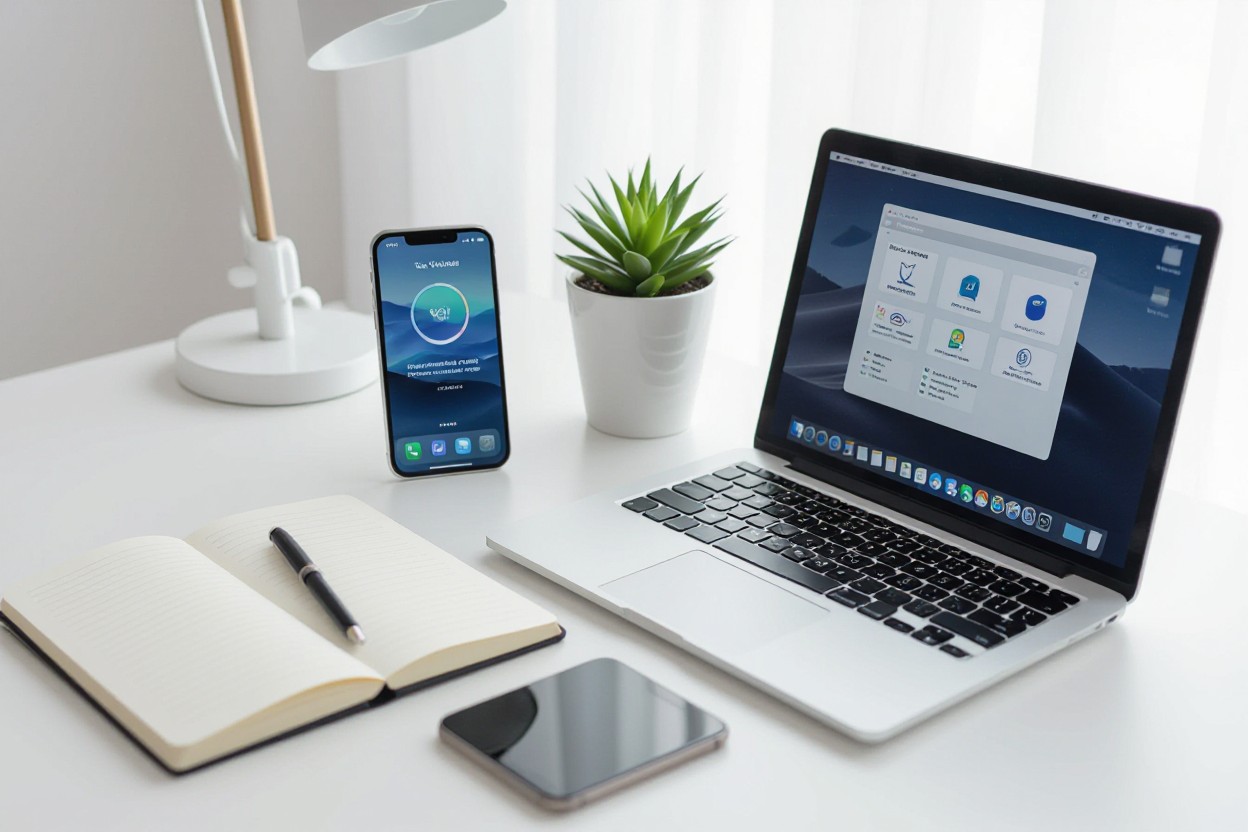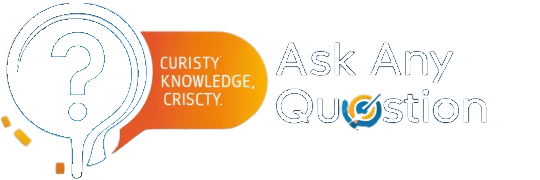This guide introduces you to digital minimalism, a powerful approach to simplifying your online life and reclaiming your focus. I will help you understand how excessive digital consumption can negatively impact your productivity and mental well-being. By adopting digital minimalism, you can reduce distractions, enhance your creativity, and create more meaningful connections. Together, we’ll explore practical strategies for decluttering your digital space and using technology intentionally, so you gain control over your habits rather than letting them control you.
The Philosophy of Digital Minimalism
Digital minimalism is rooted in intentionality, urging you to reclaim your time by cutting down digital distractions and focusing on what truly adds value to your life. By embracing simplicity in your tech use, you reduce cognitive overload and invite presence, creativity, and purposeful engagement. This mindset challenges the default urge to consume everything and instead encourages deliberate choices that align with your priorities and well-being.
The Principles Behind the Movement
At its core, digital minimalism revolves around three main principles: intentional technology use, focusing on high-quality leisure activities, and minimizing digital noise. Intentionality means choosing tools that serve clear purposes rather than mindlessly scrolling or multitasking. Engaging in focused, meaningful activities cultivates satisfaction and prevents burnout. Lastly, reducing notifications and constant connectivity helps safeguard mental clarity and reduces stress, creating space for deeper focus and genuine human connection.
Comparing Digital Minimalism to Other Lifestyle Trends
While minimalism broadly advocates reducing material possessions, digital minimalism zeroes in on your relationship with digital tools. Unlike digital detoxes that offer short-term breaks, digital minimalism promotes sustainable, long-term habits. It also intersects with mindfulness by enhancing conscious awareness of how technology shapes your attention and behavior. This philosophy complements productivity methodologies but prioritizes depth of engagement over mere task completion, encouraging a richer, less fragmented digital experience.
Comparison of Lifestyle Trends
| Trend | Focus & Approach |
|---|---|
| Digital Minimalism | Intentional tech use, sustainable habits, prioritizing meaningful digital interactions |
| Minimalism (General) | Reducing material possessions, simplifying life, decluttering physical and mental spaces |
| Digital Detox | Temporary breaks from technology to reset habits and reduce dependence |
| Mindfulness | Heightened awareness of moment-to-moment experience, often including mindful tech use |
| Productivity Methods | Techniques and systems designed to improve efficiency and task completion |
Understanding these distinctions allows you to tailor your approach to digital wellness. Digital minimalism’s emphasis on lasting behavioral change distinguishes it from the sometimes reactive nature of detoxes, while its focused scope on technology complements broader philosophies like minimalism and mindfulness. Integrating elements from each trend can help you cultivate a balanced, intentional digital lifestyle that aligns with your goals and values.

Assessing Your Digital Footprint
Understanding your digital footprint means taking inventory of how you interact across platforms, apps, and devices daily. By evaluating the amount of time spent, types of content consumed, and notifications received, you can see where your digital presence might be expanding unnecessarily. This awareness helps you identify areas ripe for reduction or more mindful engagement, especially if you find yourself habitually scrolling or multitasking across multiple screens without clear purpose. The goal is to spotlight patterns that don’t serve your priorities and prepare for intentional, selective use of technology.
Analyzing Your Current Digital Habits
Tracking your daily digital behavior reveals patterns such as which apps consume most of your attention or how frequently you check the phone without a real need. For instance, studies show the average user glances at their smartphone over 96 times per day, often driven more by habit than necessity. Jotting down your typical device usage and reflecting on emotional responses can uncover unconscious dependencies. This kind of detailed self-assessment sets the foundation to intentionally redesign your relationship with technology for better focus and wellbeing.
Tools and Techniques for Tracking Usage
Several tools assist in monitoring digital habits accurately. Built-in features like Screen Time on iOS or Digital Wellbeing on Android provide real-time data on app usage, unlocks, and notification counts. Browser extensions such as RescueTime and Freedom help block distracting sites and offer detailed analytics. Combining self-reporting with these tools delivers a fuller picture, highlighting usage spikes and patterns you might overlook otherwise.
I encourage leveraging these technologies beyond passive tracking. Setting specific limits or alerts based on your tracked data actively nudges you towards mindful usage. For example, RescueTime categorizes time spent into productive versus distracting activities, offering weekly reports to guide adjustments. Using Freedom during critical work hours blocks sites known for causing procrastination. These tools transform abstract awareness into actionable steps, empowering controlled and purposeful digital engagement aligned with minimalist principles.
Crafting Your Minimalism Strategy
Developing your own digital minimalism plan demands intentional choices that reflect your personal values and goals. I suggest starting with a clear understanding of what digital activities truly benefit you versus those that merely fill time. By setting boundaries around your use of apps, devices, and online engagement, you create a tailored strategy that helps maximize productivity and mental clarity. This approach isn’t about limiting technology arbitrarily but about shaping a digital experience that serves your real priorities and enriches your daily life.
Defining Your Value and Purpose in Digital Interaction
Identifying the purpose behind your digital usage helps prevent aimless scrolling and digital fatigue. I encourage you to ask which interactions provide meaningful connection, learning, or productivity. Perhaps you use social media mainly to keep up with close friends or rely on specific apps to enhance your work. Pinpointing these valuable touchpoints sharpens your focus and reduces unnecessary noise, making technology work for you instead of the other way around.
Essential Tools vs. Digital Clutter: A Decision-Making Framework
Deciding what belongs in your digital toolkit starts with distinguishing important tools from clutter. I look at frequency of use, alignment with my goals, and the amount of distraction each tool introduces. For example, a calendar app that syncs across devices is indispensable, while multiple social apps serving similar purposes might be redundant. Creating a simple framework based on utility and intentional use filters out excess and keeps your digital environment lean.
To develop this framework further, I evaluate apps and platforms through three lenses: necessity, outcome, and cost. Necessity measures how often I genuinely need the tool; outcome inspects whether it advances my goals or offers relaxation; cost examines both time spent and emotional drain. For instance, an app that not only helps streamline work but also integrates reminders reduces the need for extra software, exemplifying high utility with low cost. Conversely, some platforms consume hours without delivering real benefit, highlighting digital clutter. Tracking usage patterns with tools like Screen Time or RescueTime offers data-driven insights that support informed decisions. This methodical analysis ensures my digital resources remain purposeful, cutting distractions and fostering a more mindful, productive digital lifestyle.

Implementing Change: Step-by-Step Guide
| Step | Description |
|---|---|
| Assess Usage Patterns | Track your screen time and app usage for a week to identify the biggest digital distractions affecting your focus and well-being. |
| Set Clear Boundaries | Define specific times and places where digital devices are off-limits, such as during meals or before bed, to cultivate healthier habits. |
| Declutter Digital Spaces | Remove unused apps, clear unnecessary files, and organize folders to simplify navigation and reduce digital noise. |
| Introduce Digital Sabbaticals | Schedule short tech-free intervals, like a daily hour or weekend day, to reconnect with offline activities and recharge mentally. |
| Reflect and Adjust | Regularly review your progress and tweak your strategies to ensure sustained improvements in your digital minimalism journey. |
Gradual Reduction Techniques for Digital Distractions
Instead of quitting cold turkey, implement small, incremental changes like cutting social media scrolling by 10 minutes daily or disabling non-vital notifications. Gradually tightening these limits prevents overwhelm and builds sustainable habits. For example, swapping the evening Instagram habit for a book chapter means less friction and better compliance, turning digital minimalism into an achievable lifestyle adaptation.
Creating a Minimalist Digital Environment
Simplifying your digital workspace starts with decluttering your devices—organize apps by frequency of use, utilize folders, and delete anything redundant. Customizing your home screen to show only vitals reduces decision fatigue and the temptation to open time-wasting apps. Incorporating tools like grayscale mode and focus timers can further minimize distraction and improve productivity.
Exploring deeper, a minimalist digital environment also means reassessing your email subscriptions, turning off push notifications, and using browser extensions that block distracting sites. Setting up your devices so that only the most relevant and meaningful digital interactions remain can dramatically enhance your mental clarity, making your time online purposeful rather than chaotic.

Sustaining the Minimalist Mindset
Maintaining digital minimalism demands ongoing attention and intentional actions. It’s easy to slip back into old patterns without actively reinforcing the mindset. Regularly assessing which digital tools truly add value helps prevent unnecessary clutter. I find that scheduling weekly reviews to evaluate app usage and notifications keeps distractions in check. These moments of reflection allow you to reaffirm your commitment, adapt strategies, and celebrate progress, making the minimalist approach sustainable in the long run.
Building New Habits to Prevent Backsliding
Habits form the backbone of sustained digital minimalism. Introducing simple routines like setting specific phone-free periods daily or using app limiters helps solidify healthy boundaries. For example, turning off non-vital notifications first thing in the morning can reduce impulsive checking. Over time, these small changes accumulate, rewiring how you engage with technology and making it easier to resist falling back into excessive screen time.
Connecting with Communities of Like-Minded Individuals
Engaging with groups who share your minimalist values offers both encouragement and accountability. Online forums and local meetups dedicated to digital minimalism provide a platform to exchange tips, share struggles, and celebrate victories. You’ll find that hearing others’ experiences often sheds light on strategies you might not have considered and keeps motivation levels high.
Diving deeper into these communities reveals varied approaches tailored to different lifestyles—some emphasize mindfulness meditation to curb digital cravings, while others focus on practical challenges like social media detoxes. Participating in group challenges or discussions solidifies your commitment and introduces you to tools like RescueTime or Forest app, which members have found effective. The sense of belonging creates a support network that helps you course-correct before slipping into old habits becomes a problem.
Conclusion
As a reminder, digital minimalism is a thoughtful approach to technology use that encourages you to focus on digital tools that truly add value to your life. I believe by reducing digital clutter and being intentional with your screen time, you can regain control, improve productivity, and enhance your overall well-being. This guide has equipped you with the basics to start making mindful choices about your digital habits, helping you create a balanced and fulfilling digital experience.





Leave a comment